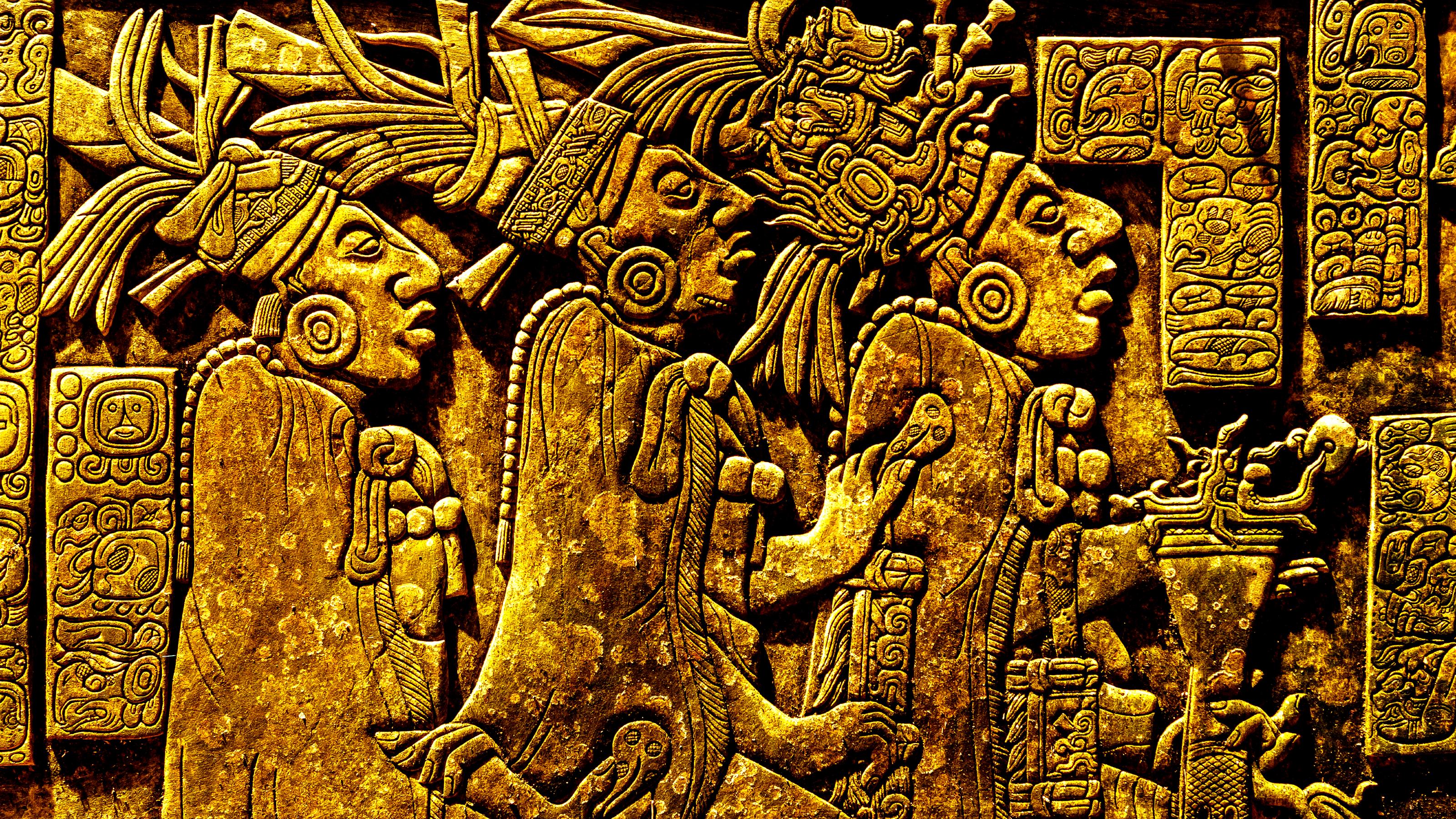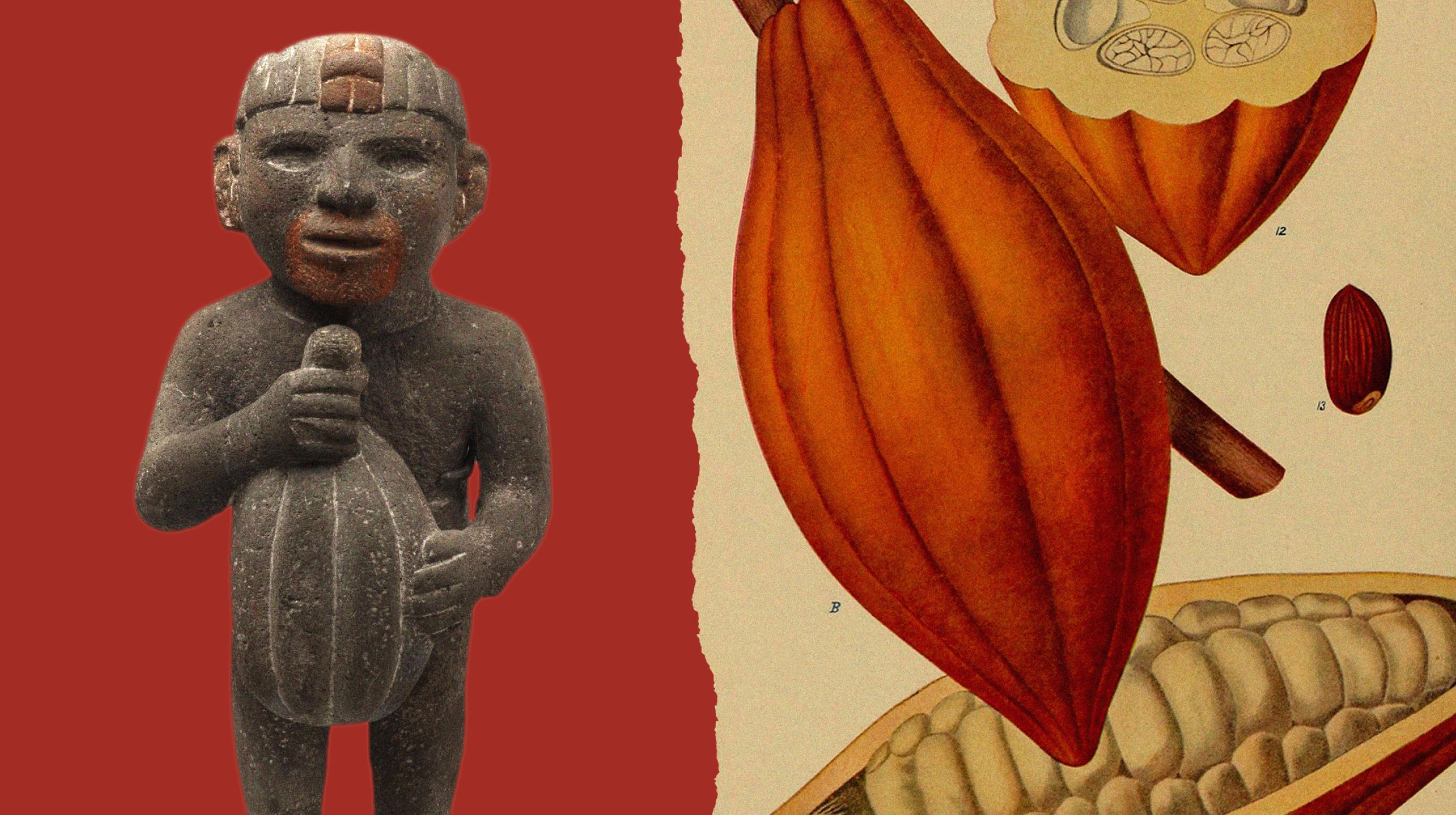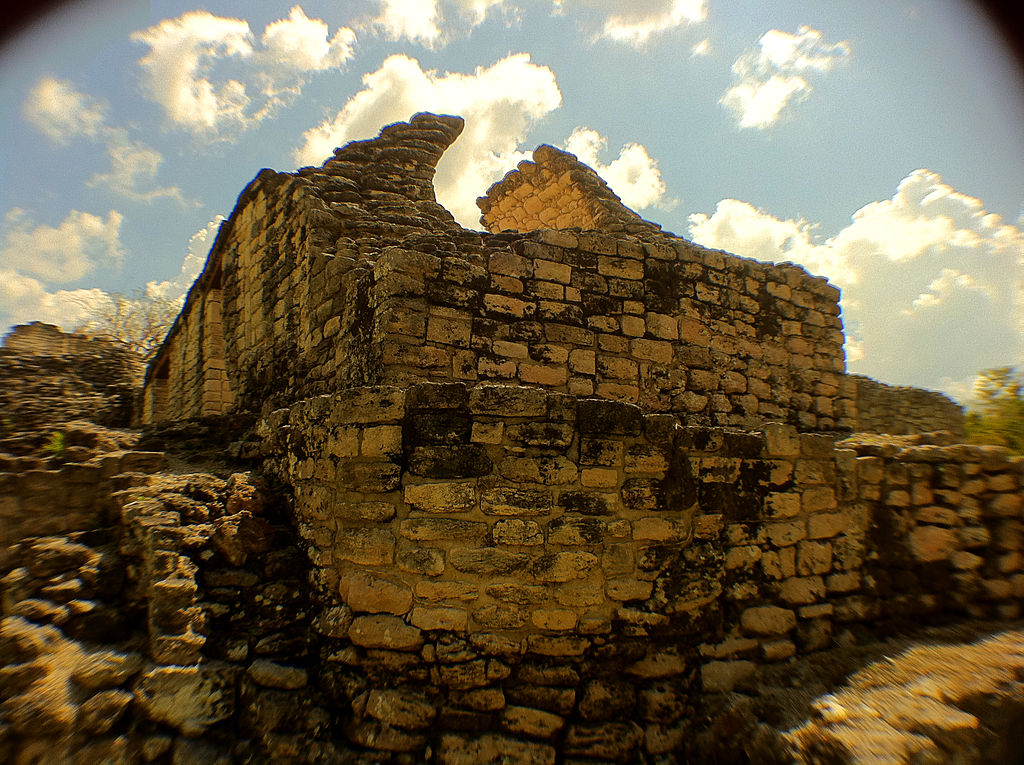The Maya coveted mercury. It may have hastened their downfall.

- Over the past few decades, evidence has built that the Maya of Central America extensively used a mercury-containing compound for decoration and art.
- Mercury was so prevalent that archaeological sites are still heavily contaminated today.
- Tellingly, scientists reported that two water reservoirs in the heart of the ancient city of Tikal contained toxic levels of mercury, raising the possibility that the Maya suffered adverse health effects.
Mercury is a mesmerizing element. Silvery, lustrous, and liquid and room temperature, it seems like a substance straight out of a fairy tale. In fact, it was long called quicksilver, which literally meant “living silver.” (An archaic use of the word “quick” is to refer to something that is “alive.”) But prolonged exposure can lead to some serious health problems, and archaeologists are now learning that the ancient Maya may have fallen prey to mercury’s sinister beauty.
Persisting for nearly 1,500 years in what is now the Yucatán Peninsula and the countries of Guatemala and Belize, the Maya civilization was one of the most advanced in the ancient world, noted for its unique art, stirring architecture, sophisticated writing, and complex religion. Civil warfare, overpopulation, drought, and environmental degradation caused a harsh downturn in Maya society in the 10th century. Spanish conquistadors would finish off the lingering remnants about 700 years later.
Mesmerized by mercury
Modern archaeologists are now deciphering the remains of this great Mesoamerican society. One thing they’ve gleaned is that the Maya seemed to covet mercury.
Many Maya undoubtedly had an eye for the sublime, and thus were entranced by elemental mercury as well as its vermillion-hued offspring, mercury sulfide, also known as cinnabar. Cinnabar is by far the most prevalent of the two compounds in the archaeological record. Archaeologists have unearthed numerous artifacts made of it and turned up evidence that the Maya extensively used cinnabar-based paints.
Pure elemental mercury is a rarer find, usually linked with ritual caches or elite burials. One of the most dazzling discoveries was a bulbous vessel retrieved from an underwater site in Guatemala holding as much as 500 cubic centimeters of elemental mercury.
The wide presence of the toxic element appears to have seriously contaminated many Maya sites, a team of scientists wrote in a review published last year in Frontiers in Environmental Science. Over the years, archaeologists have examined ten locations for the presence of mercury and found that six of them had levels exceeding the toxic effect threshold. Most notably, in 2020, a team from the University of Cincinnati reported that two water reservoirs in the heart of the ancient city of Tikal contained toxic levels of mercury. The scientists think that rainstorms caused cinnabar-based paints to run off buildings and leach into the water and sediments. Tikal had between 45,000 and 62,000 residents at its height.
A toxic fascination?
Prolonged exposure to mercury can cause muscle weakness, poor coordination, skin rashes, and memory problems, as well as trouble speaking, hearing, and seeing. The element inhibits certain enzymes necessary for proper neurological function.
Archaeologists have uncovered evidence of mercury in Maya skeletal remains that accumulated when the deceased persons were still alive. Moreover, the amounts were significant enough to negatively impact health. One of Tikal’s last rulers might have suffered from metabolic disease as a result of chronic mercury poisoning.
Still left unexplained is how the Maya procured so much elemental mercury. Cinnabar mining was carried out near various settlements, but there are no telltale archaeological signs that the Maya produced elemental mercury by smelting cinnabar. Moreover, the Maya civilization was located far from known, pure sources of the element. It’s possible that both cinnabar and mercury arrived via the same trade routes through which the Maya obtained much desired jade and obsidian.
Also unknown are the pernicious effects mercury may or may not have had on Maya society as a whole. Could Maya citizens have been subtly sickened by pervasive mercury poisoning, much the way that leaded gasoline blunted the IQs of tens of millions of Americans before it was phased out? It’s certainly possible.
In the aforementioned review, the authors noted that mercury levels at many Maya sites today warrant the use of protective equipment by archaeologists, particularly in enclosed places like burial sites and tombs where the tropical climate of Central America can cause mercury to be methylated and released into the air, a dangerous mix.





